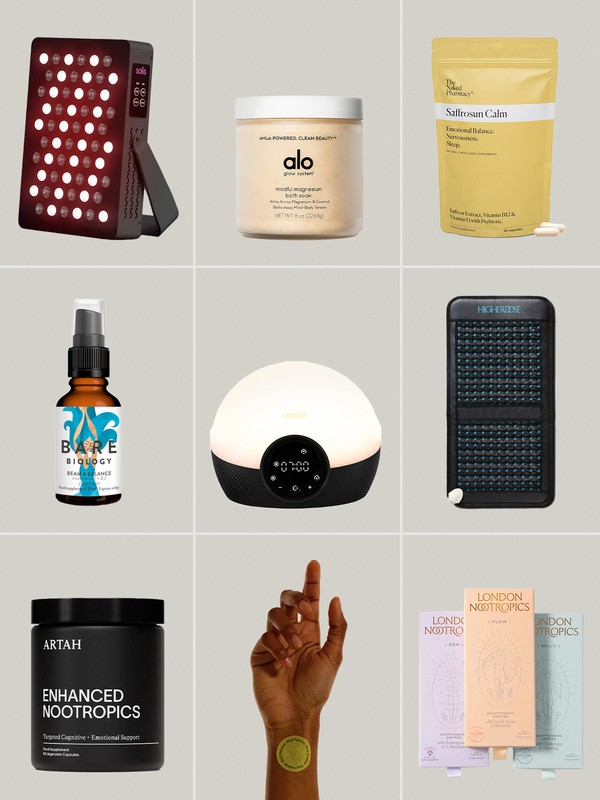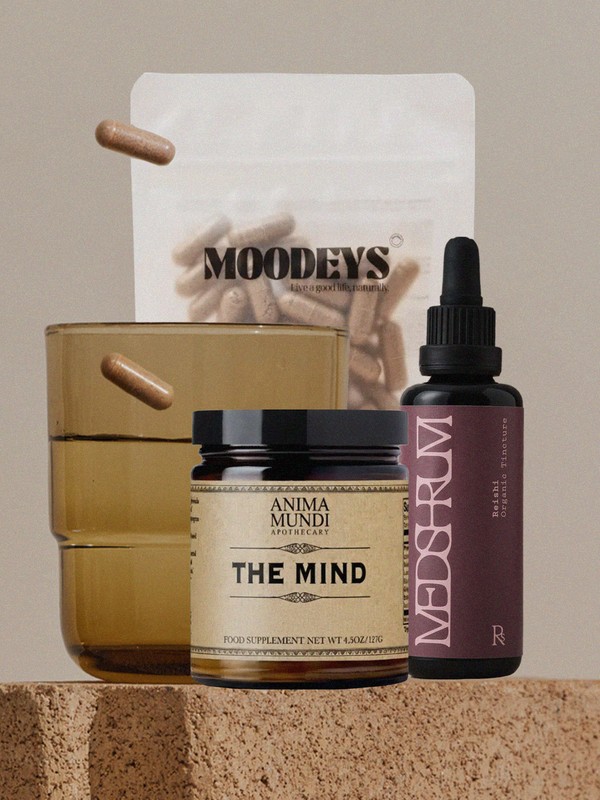Could You Have Body Dysmorphic Disorder?
What are the symptoms?
You might have BDD if you:
- Worry a lot about a specific area of your body (particularly your face)
- Spend a lot of time comparing your looks with other people's
- Look at yourself in mirrors a lot or avoid mirrors altogether
- Go to a lot of effort to conceal flaws – for example, by spending a long time combing your hair, applying make-up or choosing clothes
- Pick at your skin to make it ‘smooth’
- Constantly seek out plastic surgery procedures to ‘fix’ your appearance
BDD can seriously affect your daily life, including your work, social life and relationships, and can also lead to depression, self-harm and even thoughts of suicide.
How does BDD differ from being ‘vain’?
BDD is often associated with fears of rejection or humiliation, and people with the condition feel a huge amount of worry or shame about their appearance that persists despite reassurance. Some sufferers acknowledge that they may be blowing their ‘flaws’ out of proportion, whereas others are so firmly convinced about their defect that they don’t believe reassurance that it’s unnoticeable or unimportant.
Who does the condition affect?
People of any age and gender can suffer from BDD, but is most commonly found in teenagers and young adults. Exactly what causes the condition is unknown, but it’s associated with other mental health conditions such as obsessive-compulsive disorder (OCD), generalised anxiety disorders and eating disorders, and has also been linked to traumatic past experiences such as being teased, bullied or abused as a child.
BDD has been around long before social media, but experts agree our selfie-obsessed culture is most definitely fuelling the condition. If you’re an avid Snapchat user you may be at greater risk, according to top cosmetic doctor, Dr Tijion Esho. With some social media apps, namely Snapchat and Instagram, allowing users to dramatically alter their features with filters, Dr Esho claims he has seen an increase in patients asking for aesthetic procedures in order to look like the filtered versions of themselves in real life. He believes these filters can pose a serious psychological problem and that repetitive use of them can trigger a type of body dysmorphia.
How is it diagnosed & treated?
If you think you may have BDD, you should visit your GP. People with relatively mild symptoms are likely to be referred for cognitive behavioural therapy (CBT), a type of talking therapy, and those with more severe symptoms will probably be offered CBT alongside SSRI medication, a type of antidepressant which boosts the amount of ‘happy hormone’ serotonin in the brain.
It can be very difficult to seek help for BDD, but it's important to remember you have nothing to feel ashamed or embarrassed about, and that seeking help is vital as symptoms rarely go away without treatment.
Is there anything else to know?
Some people may find it helpful to contact or join a support group for information, advice and practical tips on coping with the condition. You can ask your doctor if there are any groups in your area, and the BDD Foundation has a directory of local and online support groups.
Practising mindfulness, relaxation and breathing exercises may help you if you're feeling low or anxious, and many people also find it helpful to get together with friends or family, or to try doing something new to improve mental wellbeing.
For more information on BDD, or to find a support group, visit BDDFoundation.org
DISCLAIMER: We endeavour to always credit the correct original source of every image we use. If you think a credit may be incorrect, please contact us at info@sheerluxe.com.






